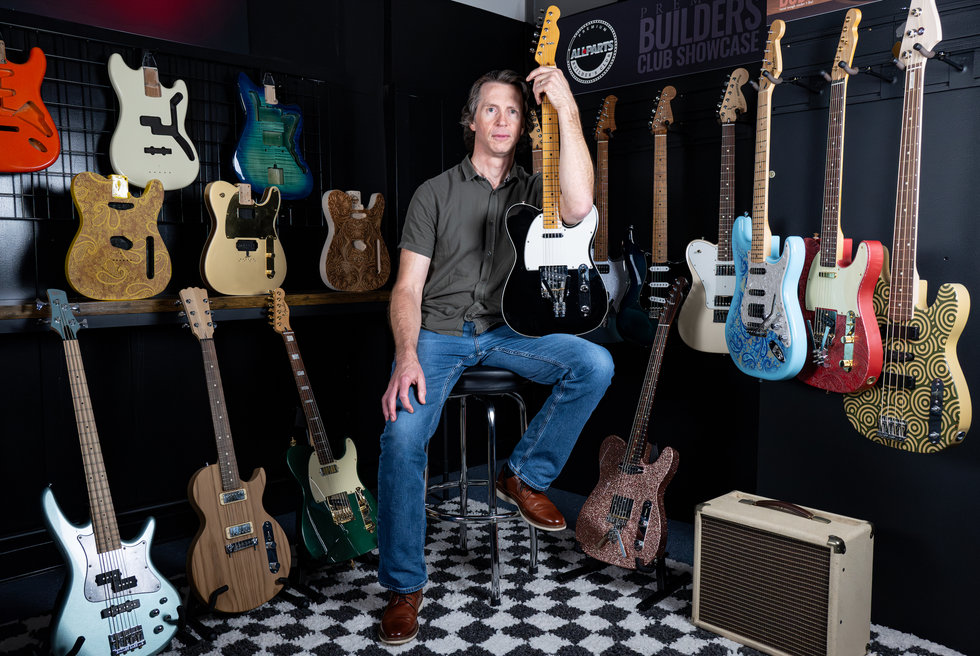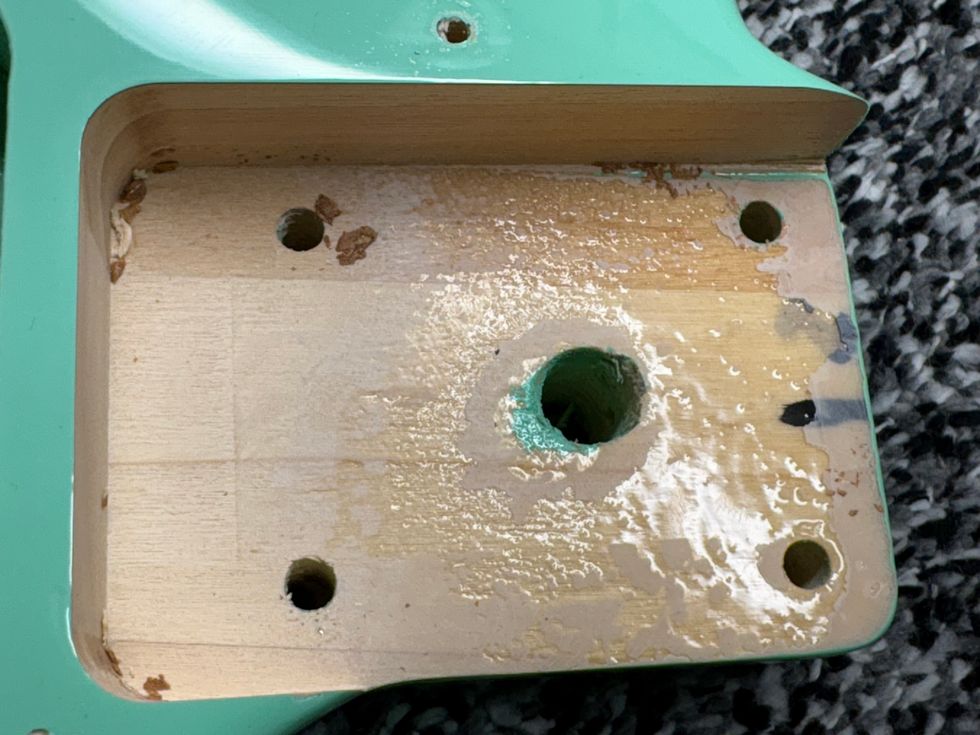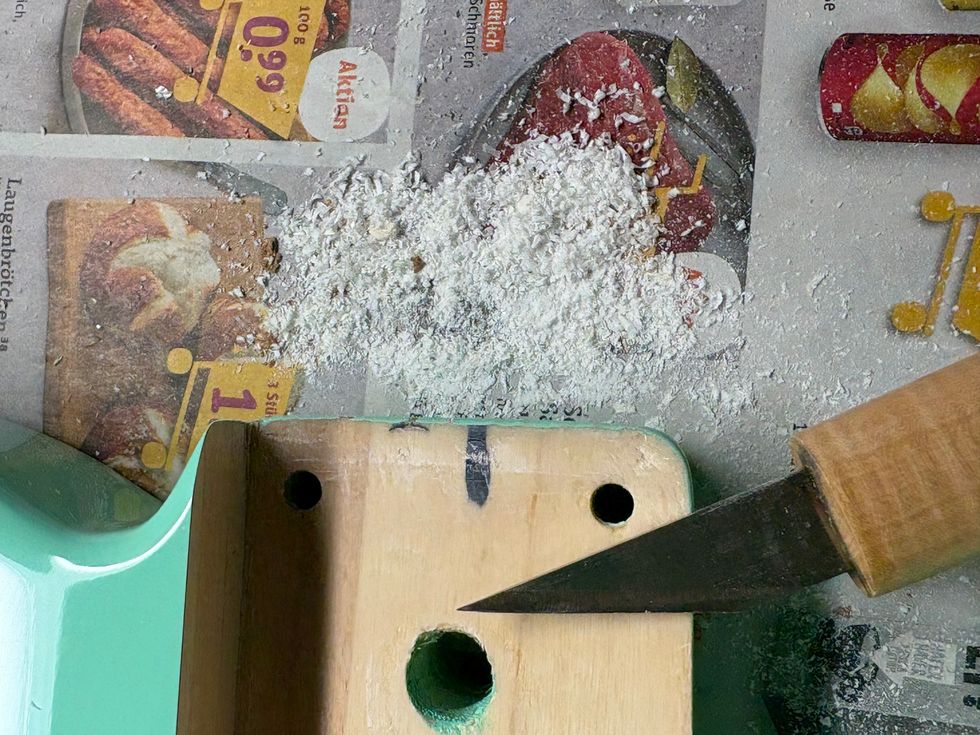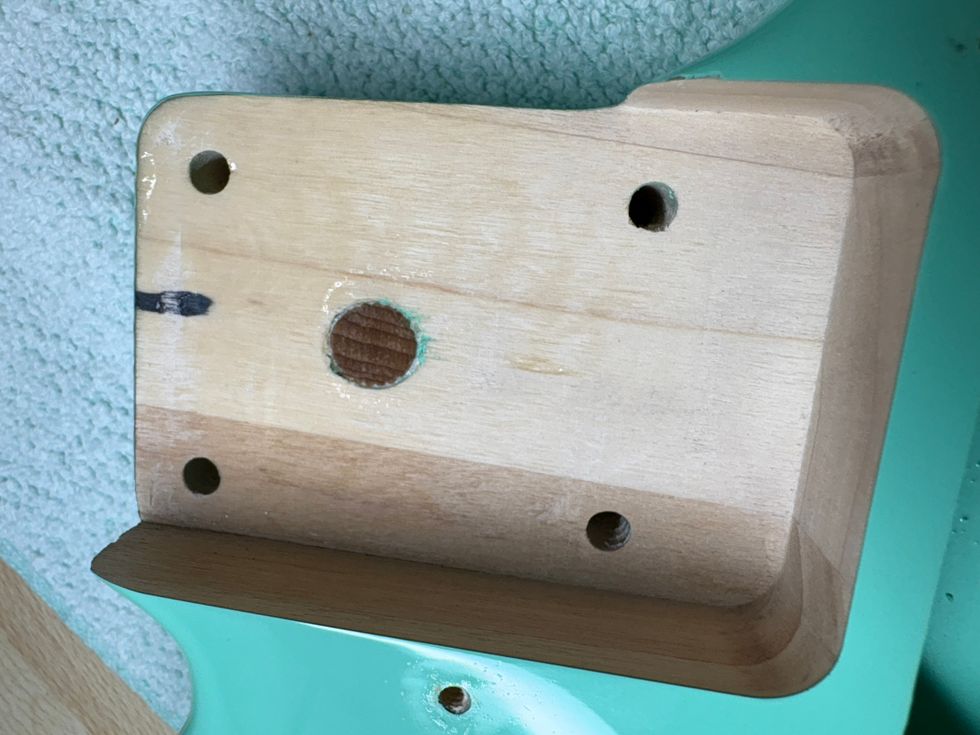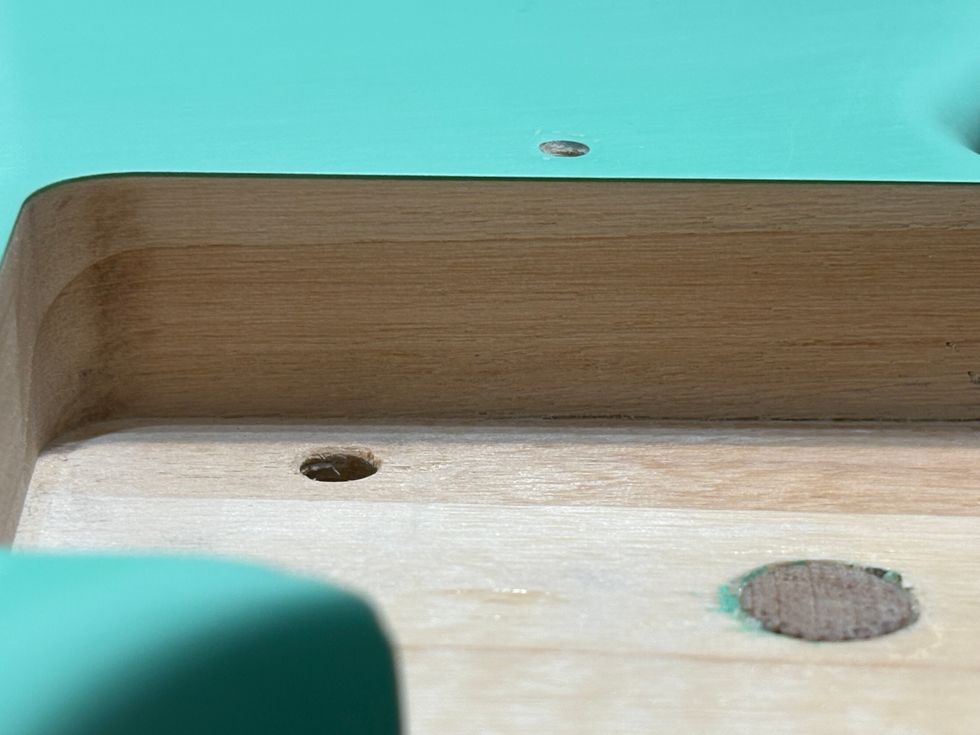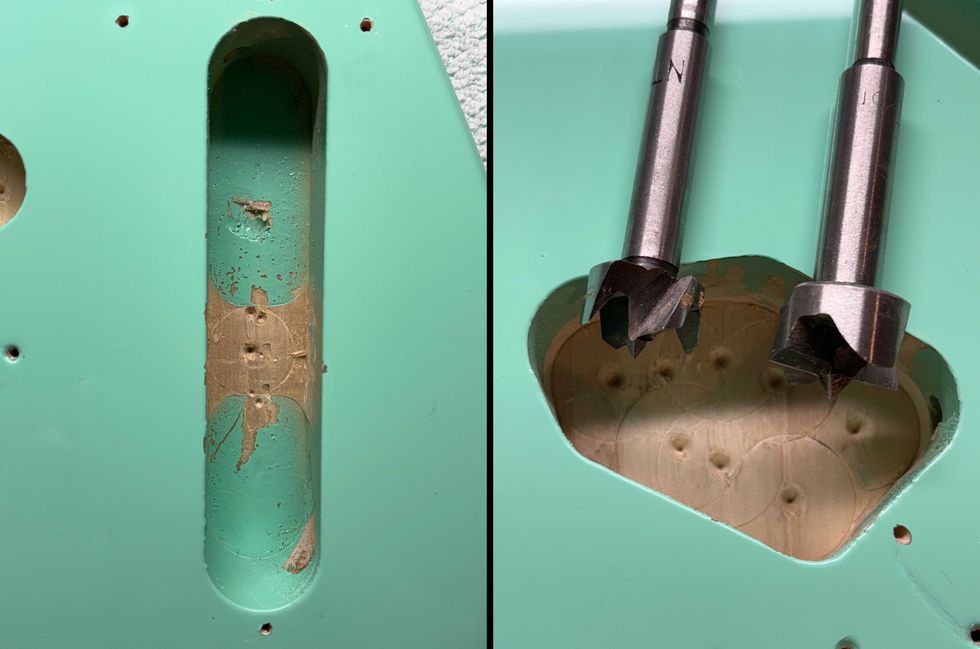In the last issue, we looked at a number of things you can do to improve the quality of your recordings. This time out, let’s continue that theme, with more suggestions that will make your recordings sound even better!
Practice Clicking
I recently had a session in my studio where the group just couldn’t get it together with a click track. And the problem was, without the click, they were noticeably rushing songs. Sit down individually and as a band and practice with a metronome or other tempo guide. There’s an art to maintaining feel while playing with a click, and it’s an ability that pays off handsomely in the studio. Even if you don’t want to rigidly maintain tempo (sometimes it’s nice to push a chorus or solo a bit, for example), try starting with the click playing in order to establish the tempo, play with the click for 16 or 32 bars, then drop the click out.
Gain
For distorted parts, try recording with 30–50% less gain than you use on stage or in rehearsal. You’ll be surprised how much tighter, punchier, and bigger your guitar tracks will be. (I know, you need your gain… trust me, try it.)
Experience a Reverb-free Existence
Some guitarists love the spring reverb in their amps, and that’s cool! But for recording, consider laying down the tracks dry. The problem is that spring reverb just isn’t controllable; by its nature, it’s a “wash” of ambience around the notes. Unfortunately, that wash can really make a mix a mess. A dry track will jump out more, have more punch, and will “sit” better in many mixes. You can always add reverb in later. On the flip side, if you want a part to sound distant and amorphous for the sake of a particular musical idea, dial in that spring ‘verb!
Go Mono
Stereo guitar rigs sound great on stage, but in the studio, they can lack punch and presence compared to a mono version of the same tone. You’re often better off to record mono guitar parts, then use studio effects to get a stereo spread while maintaining presence (or double the part by playing it again, then pan the results left and right).
Shake That Rattle
Be sure nothing in the room is vibrating or rattling when you wind your amp up. It may not seem like a big problem if something rattles in the room when you play, but such sounds will haunt you later in the mixing process—and there’s no way to take them out after the fact.
Portion Control
We all want our parts to be massive. Sad to say, not every part in a mix can sound huge. If the drums are massive, the bass is massive, the rhythm guitars are massive, the keyboards are massive, and the acoustic guitar is massive, there’s just no room left for the vocals—or worse yet, the guitar solo—to be heard! A mix will be more effective if it’s carefully assembled, each part in its place and contributing to the whole. This may mean, for example, cutting the highs on the bass and cutting the lows on the rhythm guitar so the two stack well together and can both be clearly heard. Often, carving some midrange out of the rhythm guitars and keyboards will let the vocals and solos sit better.
Adjust the Contrast
Consider the dynamics of the song. If everything is loud all the time, nothing ends up sounding loud—there’s no context. But strategically working smaller, quieter sounds and sections against loud sounds and sections creates contrast that makes the small seem intimate and the big seem even bigger. Part of this is musically arranging the song well, but tracking the best sounds for each instrument in the context of the arrangement and the song is also important.
The Performance Rules
I just finished re-recording the basic tracks for a songwriter’s album. The first time around, we recorded the drums first, then added the bass a few weeks later, then layered the other parts on top. We did a lot of editing to get everything rhythmically and musically where we thought we wanted it. But the results were lackluster.
The second time around, we recorded the drums, bass, and scratch guitars and vocals all at once. The result is more natural feel—a performance captured, rather than created. Tracking multiple parts at once may mean compromises— mic bleed, etc., but many times the results are worth any compromises.
Mitch Gallagher
Mitch Gallagher is the former Editor in Chief of EQ magazine, and is the author of six books and over 1,000 articles on recording and music technology. He has played guitar—from metal to country to big band to classical—for more years than he cares to remember. He is the Editorial Director for Sweetwater in Fort Wayne, Indiana. You can reach him at mitch_gallagher@ weetwater.com or at mitchgallagher.com.

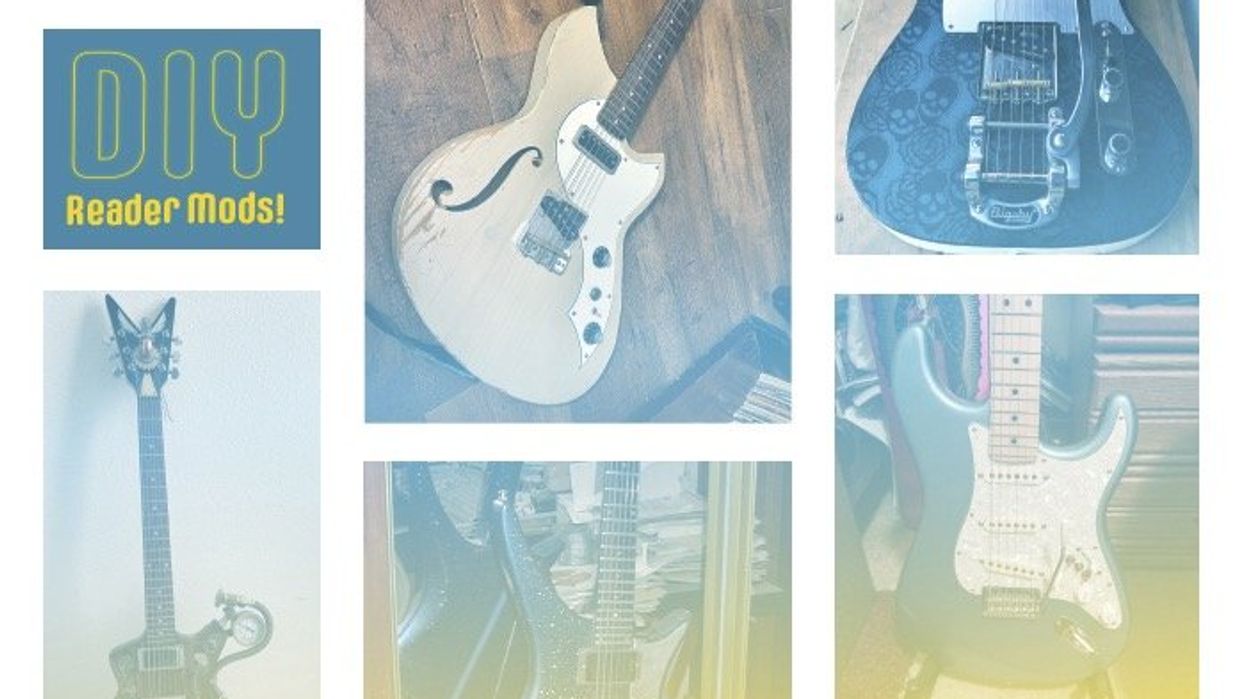
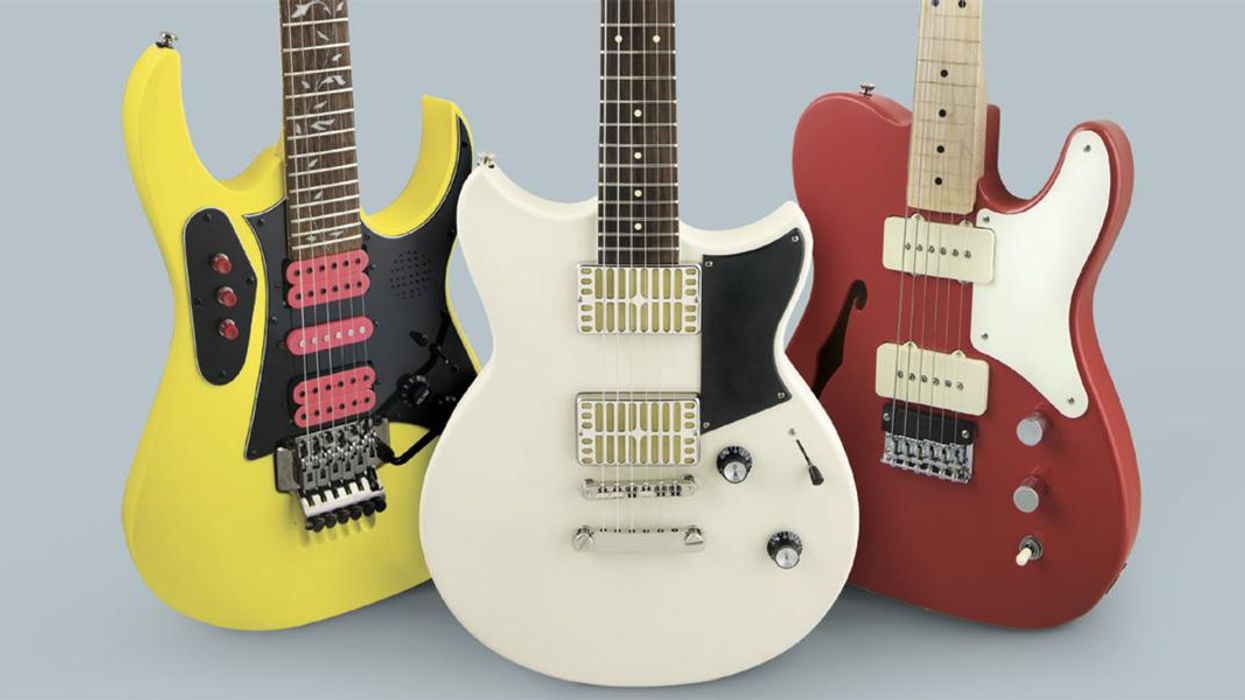
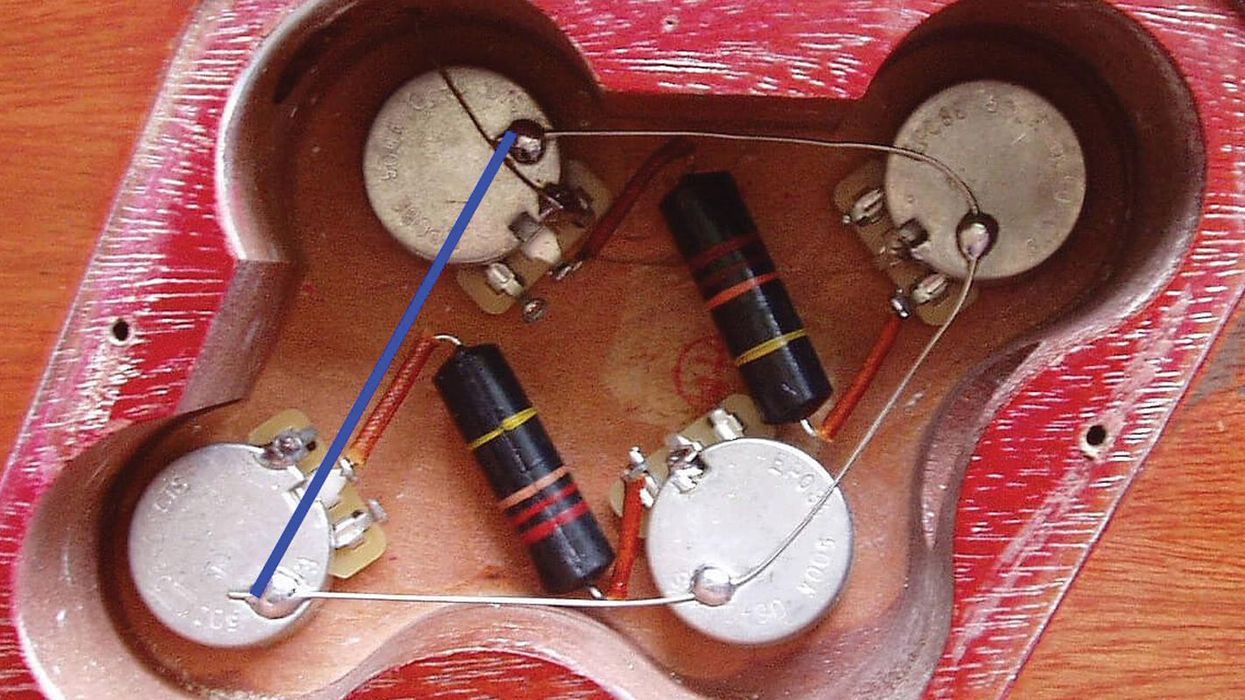
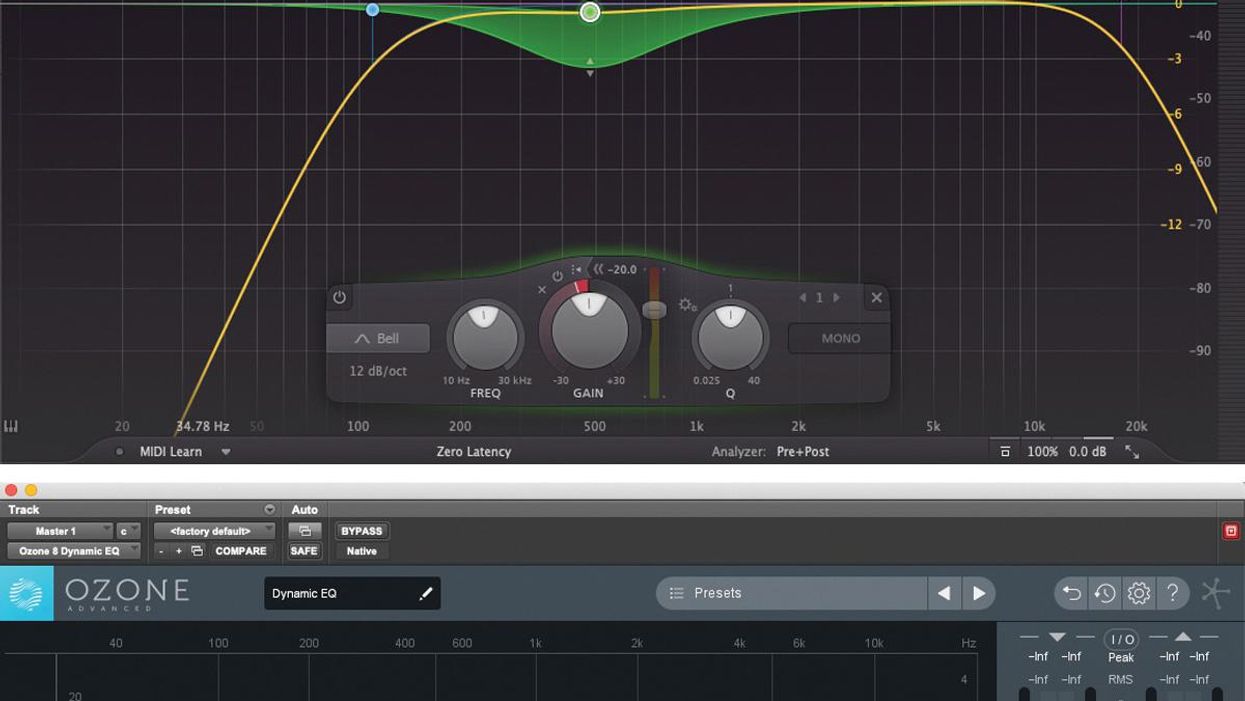







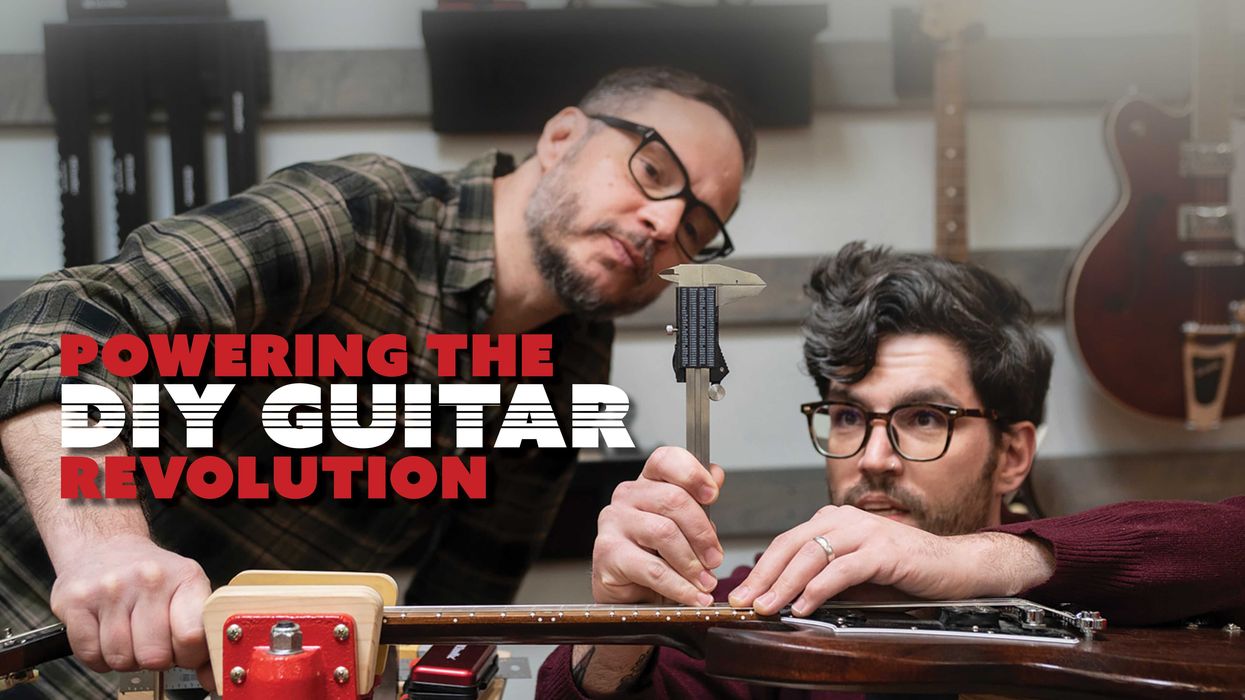
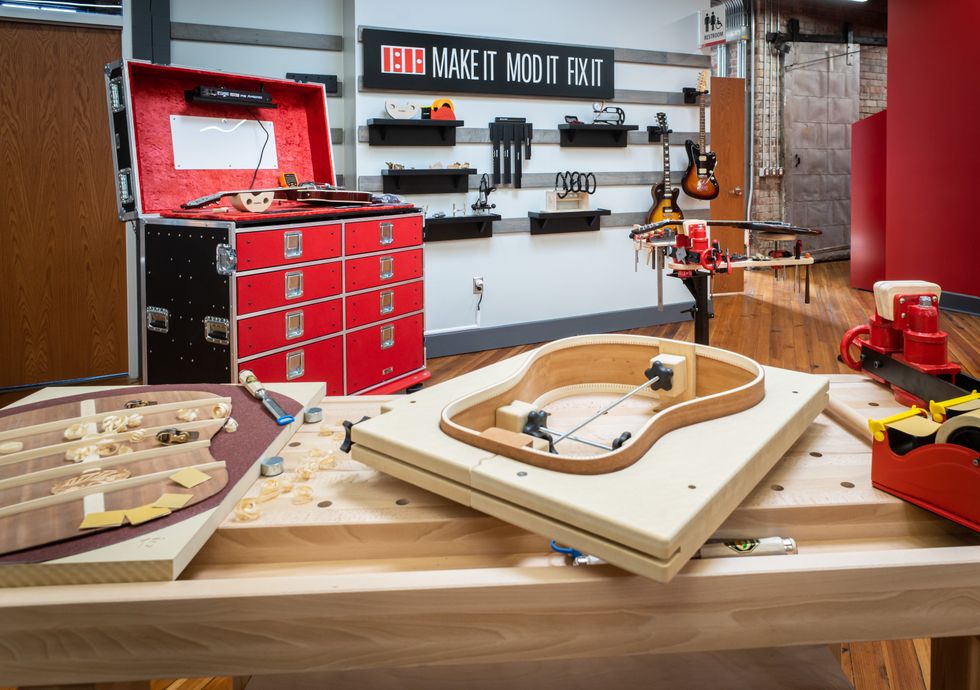
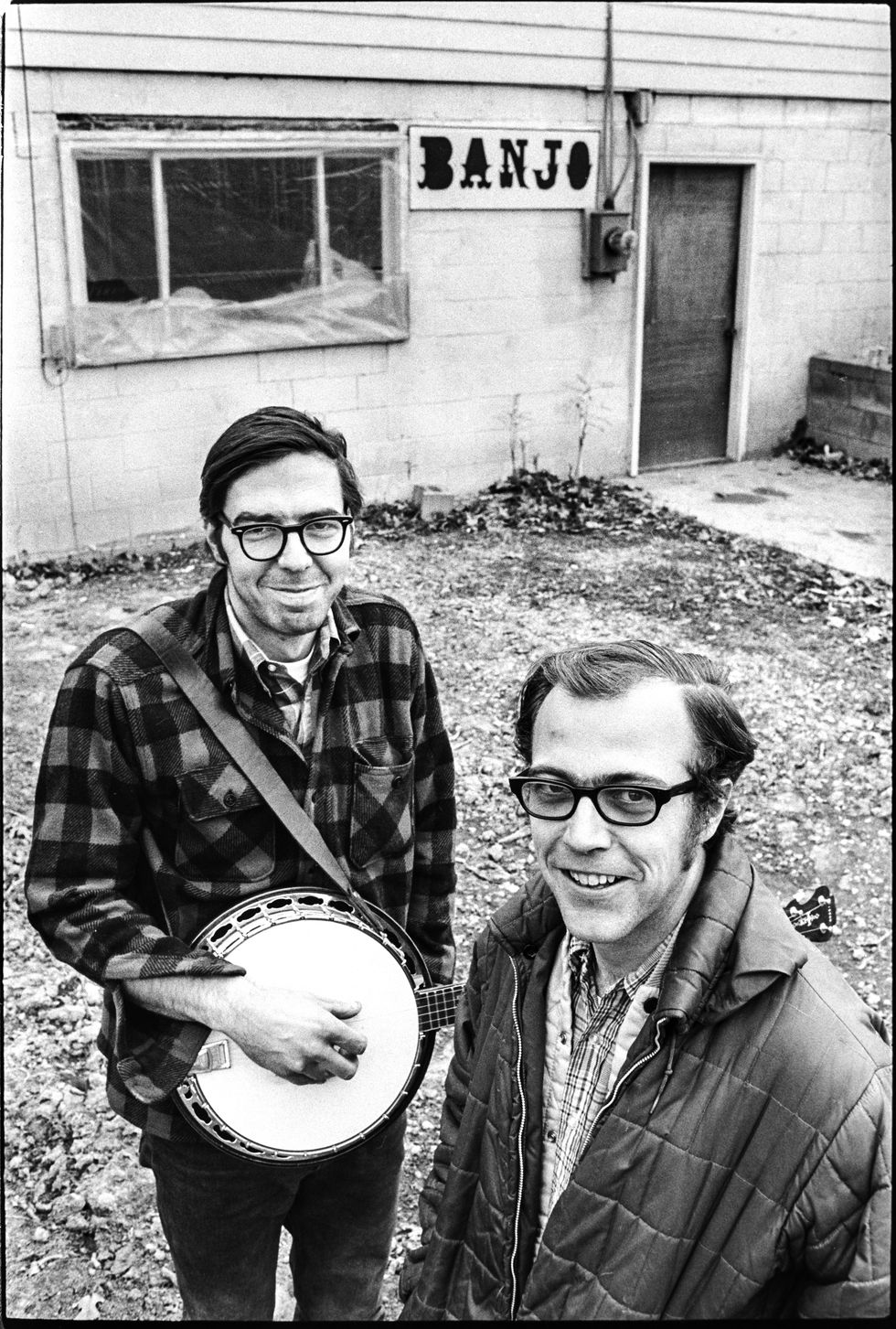
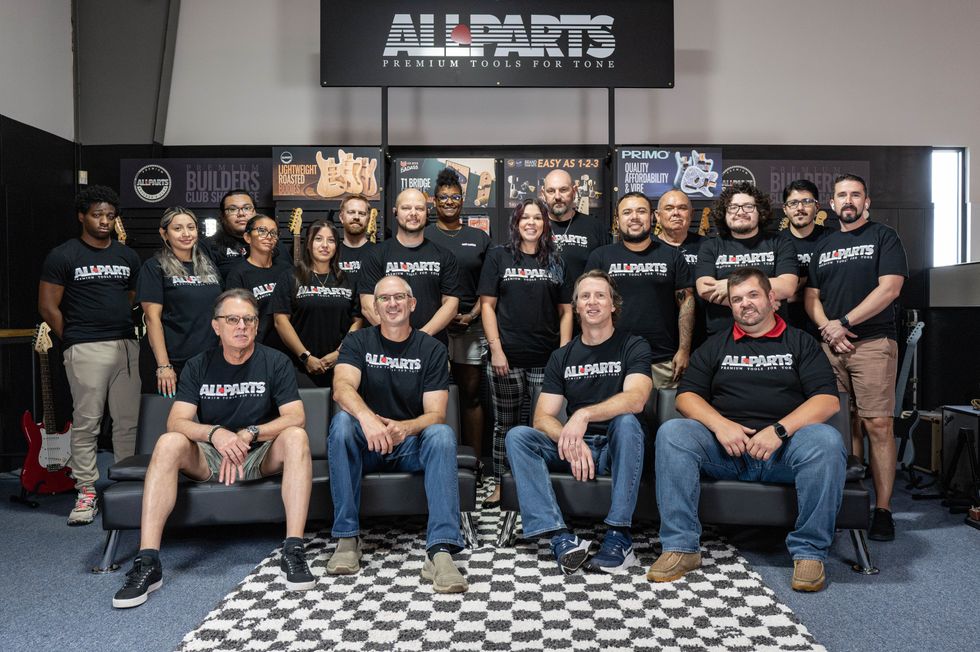 The Allparts team at their Houston warehouse, with Dean Herman in the front row, second from right.Photo by Enrique Rodriguez
The Allparts team at their Houston warehouse, with Dean Herman in the front row, second from right.Photo by Enrique Rodriguez